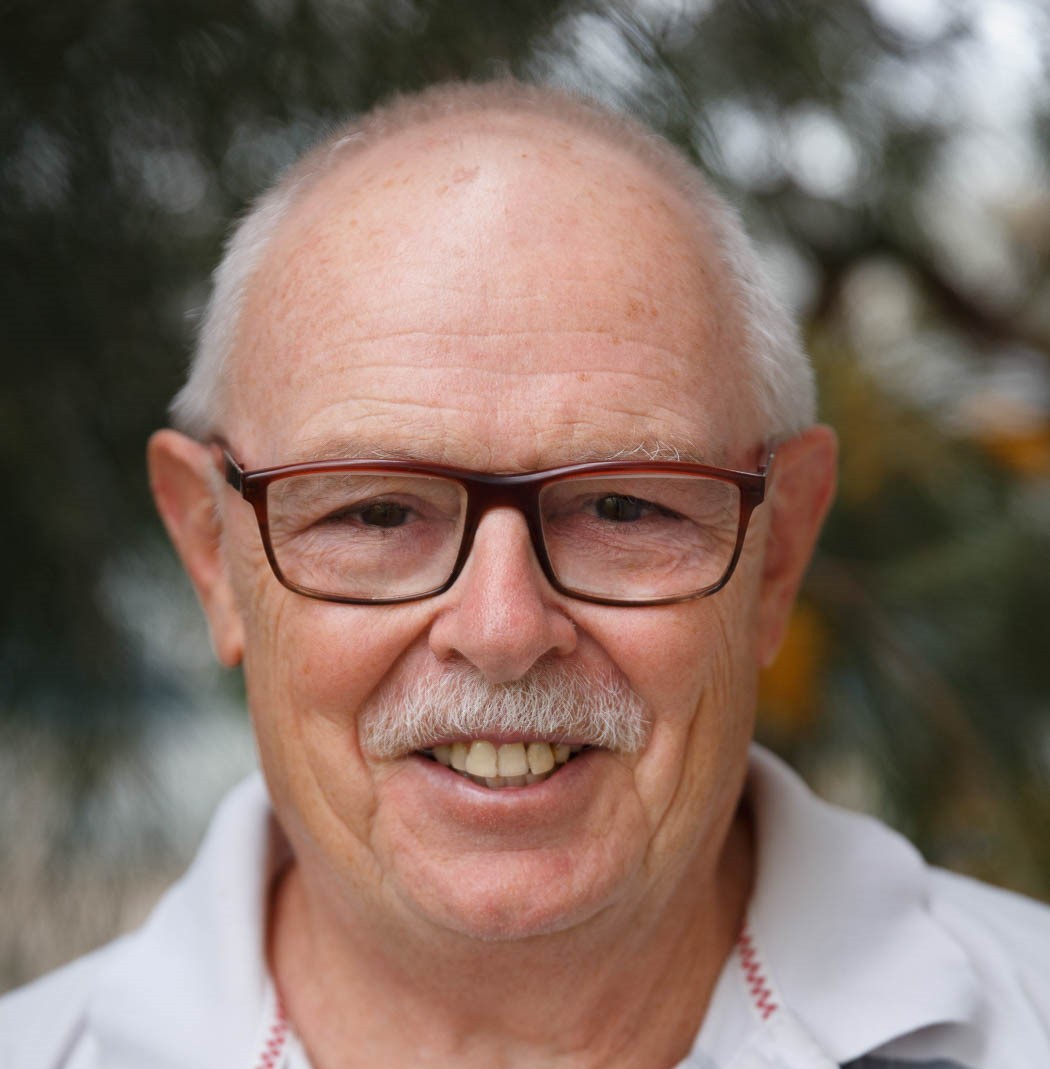Phil Jarratt’s book “Place of Shadows” is not only an excellent book about the dispossession of the Kabi Kabi people in the Noosa region, but a timely reminder of the planning and development pressures that Noosa continues to face.
Sunshine Coast Council’s decision, late in 2021, to refer its Mass Transit Project to the Queensland Government to lead a $15 million business case, has massive implications for the Noosa Shire and is a timely reminder that decisions made “south of the border” can impact on Noosa’s lifestyle and the liveability of the “Shire”.
The proposals are replete with big ticket projects beloved of politicians.
Fortunately, an umbrella group of residents’ associations across the Sunshine Coast has come up with proposals that represent immediate and affordable solutions for staged public transport in the region. In response to the Sunshine Coast Council’s Mass Transit Project proposals, OSCAR (Organisation of Sunshine Coast Association of Residents) has thrown its weight behind good public transport – seen by the community as important – as providing an alternative to car use across the region.
Following extensive engagement with its membership OSCAR has not supported the Sunshine Coast Council’s five preferred transit options. Rather, OSCAR proposes region-wide bus service enhancements operating on new and existing routes, with greater frequency, more direct routes and better connections incorporating the provision of new technology including a more modern and agile bus fleet.
OSCAR’s proposals call for an extended trial of new express public transport routes on dedicated bus lanes, initially using existing buses but then replacing them with emerging technologies (e.g., electric, hydrogen, solar). Noosa to Maroochydore via the Sunshine Coast Airport is one of the initial routes proposed. The proposed route 620X recognises the importance of an express link to / from the Sunshine Coast Airport in both north and south directions.
Noosa Council’s consideration in November 2021 of a Free Weekend Bus Trial commencing 24 January 2022 through to 30 June 2023 highlighted a number of community concerns about the efficacy and fairness of the trial. Importantly, Council debate again focussed on the broader transport issues facing the Shire. Councillors were reminded that transport issues are front and centre of community concerns.
Considering population and development pressures and the 2032 Brisbane Olympics it is surely time that the Noosa Transport Strategy 2017 – 2027 is overhauled to better reflect the transport and congestion challenges the Shire now faces. Noosa will face unacceptable pressures on transport, parking, congestion – the very “liveability” of the Shire – well in advance of the Brisbane Olympics. Solutions to Noosa’s traffic woes will have to be found sooner rather than later.
Noosa’s transport vision is one where “Noosa Shire enjoys an efficient, free flowing, innovative transport system that enhances resident and visitor experiences, and results in sustainable environmental outcomes”. We are a long way from realising that vision.
The danger is that multi-billion-dollar projects, such as expanded road networks, will be seen to be the solution. Yet road-based solutions to transport people is not the answer. While more roads may solve congestion locally, more traffic on the road network may result in more congestion elsewhere. New or expanded roads don’t reduce congestion on their own. This is primarily due to “induced demand” which is merely supply and demand applied to transport infrastructure. In other words, increasing roadway capacity encourages more people to drive, thus failing to improve congestion. (Economics 101: “as supply increases so does the quantity demanded”).
Congestion is determined by the weakest link in the road network. We can’t build our way out of congestion which is why we need solutions such as enhanced public transport
Late last year a CEDA forum in Queensland was told that building more roads is not the answer to transport congestion.
Treasury Department’s Markets Group Executive Director, Jim Murphy, told the conference that population growth, demographic change and an ageing population, greater urbanisation and climate change were all likely to increase pressure on transport and these issues needed to be addressed now or they would only compound in the future.
Murphy said governments had already started to introduce market signals through “user pays” charges “but more could be done”.
Transport, and transport related issues, are one of the most significant challenges facing the Noosa Shire and the liveability of the region.
We need politicians and planners who will champion public transport. It’s time we put the user at the centre of the equation.

